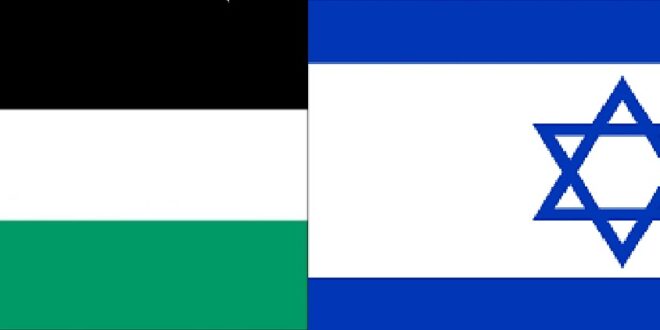Israel Gaza
The Israel-Gaza conflict is a long-standing and complex conflict between Israel and the Palestinian territories, particularly the Gaza Strip. It has deep historical roots and is characterized by political, religious, and territorial disputes. This conflict has led to multiple wars, uprisings, and ongoing tensions in the region. Here is a comprehensive overview of the conflict, with a focus on key events and issues:
1. Historical Background:
– The roots of the conflict can be traced back to the late 19th century when Jewish immigration to Palestine, then part of the Ottoman Empire, began to increase. This immigration was driven by the Zionist movement’s goal to establish a Jewish homeland in the region.
2. British Mandate Period (1917-1948):
– After World War I, the League of Nations granted Britain a mandate to govern Palestine. During this time, tensions between Jewish and Arab communities grew, and violence became increasingly common.
Muslims Dont Support Terrorism – Read More
3. United Nations Partition Plan (1947):
– In 1947, the United Nations proposed a partition plan that would create separate Jewish and Arab states in Palestine, with Jerusalem as an international city. The plan was accepted by the Jewish leadership but rejected by the Arab states and Palestinian Arabs.
4. 1948 Arab-Israeli War (War of Independence):
– Following the declaration of the State of Israel in 1948, neighboring Arab states launched a military offensive against Israel. This conflict led to significant territorial changes and the displacement of hundreds of thousands of Palestinians.
5. Six-Day War (1967):
– In 1967, Israel fought a brief but decisive war against several Arab nations, including Egypt, Jordan, and Syria. Israel gained control of the West Bank, Gaza Strip, Golan Heights, and the Sinai Peninsula during the conflict.
6. Occupation and Settlements:
– Israel’s control over the West Bank, Gaza Strip, and East Jerusalem led to the establishment of Jewish settlements in these areas, which have been a major source of tension between Israelis and Palestinians.
7. Oslo Accords (1993):
– The Oslo Accords marked a significant step towards a potential peace agreement. These agreements outlined a framework for Palestinian self-governance in parts of the West Bank and Gaza Strip.
8. Second Intifada (2000-2005):
– A period of intense violence erupted, marked by suicide bombings and military operations. This led to significant loss of life and further strained relations between the two sides.
9. Gaza Disengagement (2005):
– In 2005, Israel unilaterally withdrew its settlements from the Gaza Strip. However, it maintained control of Gaza’s borders, airspace, and territorial waters.
10. Hamas in Gaza:
– The Palestinian political landscape is divided, with the West Bank governed by the Palestinian Authority (led by Fatah) and Gaza controlled by Hamas, an Islamist militant group. This division has hindered the prospects of a unified Palestinian state.
11. Ongoing Conflict:
– Periodic clashes, rocket attacks, and military operations continue to occur, leading to cycles of violence and civilian casualties.
12. Peace Efforts:
– Various international efforts, including those by the United Nations, the United States, and regional players, have been made to mediate a peaceful resolution to the conflict. However, a lasting and comprehensive peace agreement has remained elusive.
The Israel-Gaza conflict remains one of the most enduring and deeply entrenched conflicts in the Middle East. It involves complex political, religious, and historical factors, and its resolution remains a major challenge for the international community.
 Shalkot The Innovators
Shalkot The Innovators




